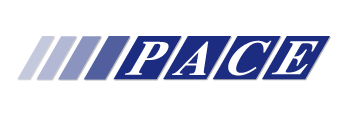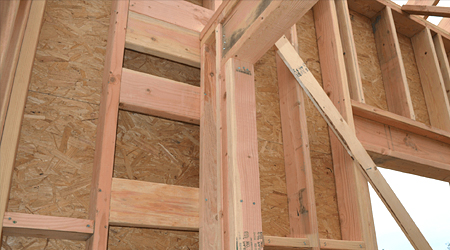Board: Oregon Construction Contractors Board (CCB) - Commercial
Credit Hours: 2.00
Rating: 10 ratings
Approval Number: PACE-0679
Add to Basket
Course Description
This course delves into Advanced Wall Framing Techniques, a construction approach that optimizes material usage and enhances energy efficiency in buildings. It covers a wide range of topics, from an overview of framing methods and their benefits to detailed explorations of stud spacing, headers, corners, sheathing materials, and alternative methods. The course also addresses potential disadvantages and considerations, equipping learners with a comprehensive understanding of this sustainable and cost-effective building practice.
The Drywall portion of the course provides the essential skills and knowledge required for successful drywall repair and replacement projects. You’ll learn about different types of drywall materials, taping techniques, and you will gain insights into proper installation practices, material selection, and quality control. Master repair strategies are covered, including patch preparation, working at heights, and popcorn ceiling removal.
By the end of this course, you will gain a comprehensive understanding of advanced framing methods and drywall repair and replace techniques that will help you become more efficient and knowledgeable in your work.
Course Objectives
Upon successful completion of this course, the student will be able to:
- Describe the key techniques and benefits of advanced framing for reducing material usage, waste, and improving energy efficiency
- Explain how spacing wall studs at 24 inches, using two-stud corners, and eliminating headers in non-load-bearing walls contribute to cost savings and energy efficiency
- List the advantages of advanced framing in terms of energy efficiency, cost-effectiveness, structural integrity, and sustainability for residential construction projects
- Identify and apply appropriate stud spacing according to the International Code Council's One and Two Family Dwelling Code
- Properly size and insulate headers, understanding their necessity in different wall types and how to use foam sheathing as a spacer to reduce waste
- Implement advanced framing techniques such as two-stud corners, three-stud corners, single top plates, and in-line framing
- Describe the different types of sheathing materials and evaluate their strengths and weaknesses in terms of cost, durability, and energy efficiency
- Compare and contrast various bracing options for wood structural wall panels and non-structural insulating rigid foam wall sheathing
- Examine the properties and applications of different types of concrete framing and choose suitable options based on design requirements and building codes
- Evaluate and select appropriate sheathing materials based on factors such as strength, insulation value, and environmental impact
- Demonstrate the ability to install sheathing correctly for wall bracing and code compliance and identify various bracing options
- Analyze specific sheathing products and determine their suitability for different building applications
- Identify key properties, categories, and applications of various drywall products
- Analyze best practices for selecting, sourcing, and installing different types of drywall
- Compare techniques and materials for finishing and waterproofing specialty drywall surfaces
- Recognize proper selection and use of drywall fasteners, adhesives, and tapes
- Compare attributes and applications of various drywall finishing products
- Identify solutions for preventing common drywall failures and defects
- Explain techniques for managing mud consistency, application, and drying during drywall finishing and repairs
- Identify environmental and material factors that impact drywall project quality and timing
- Describe best practices for jobsite preparation and maintaining cleanliness during drywall installation
- Apply safe work practices for drywall installation and repair at height
- Execute specialized techniques for repairing and replacing damaged drywall boards and joints
- Identify processes for removing and restoring textured ceilings and finishes
- Explain best practices for developing positive working relationships with suppliers, staff, and inspection agencies
- Compare factors in selecting appropriate materials suppliers and procurement strategies
- Identify key considerations in defining quality expectations and inspection protocols for drywall repair projects
Instructor Bio
 Daniel H. Osborne
Daniel H. Osborne
Daniel is a Florida Licensed Specialty Contractor (#SCC131151954) that has been in the drywall industry since 2007. Executing residential, commercial, industrial, education center, and government projects, Mr. Osborne is both a published author and a continuing education course contributor. As a college graduate, US Army Veteran (Louis Birtz Award), and an entrepreneur who puts a high value on serving others, excellence is something ingrained in Daniel's approach to life. Named to the Florida All-American Academic Team and recognized locally as a “40 Under 40” Professional, Daniel is the husband to Barbra and father of Matthew and Julianna. His passion is to disciple, mentor, coach, and teach others how to achieve personal and professional success.



